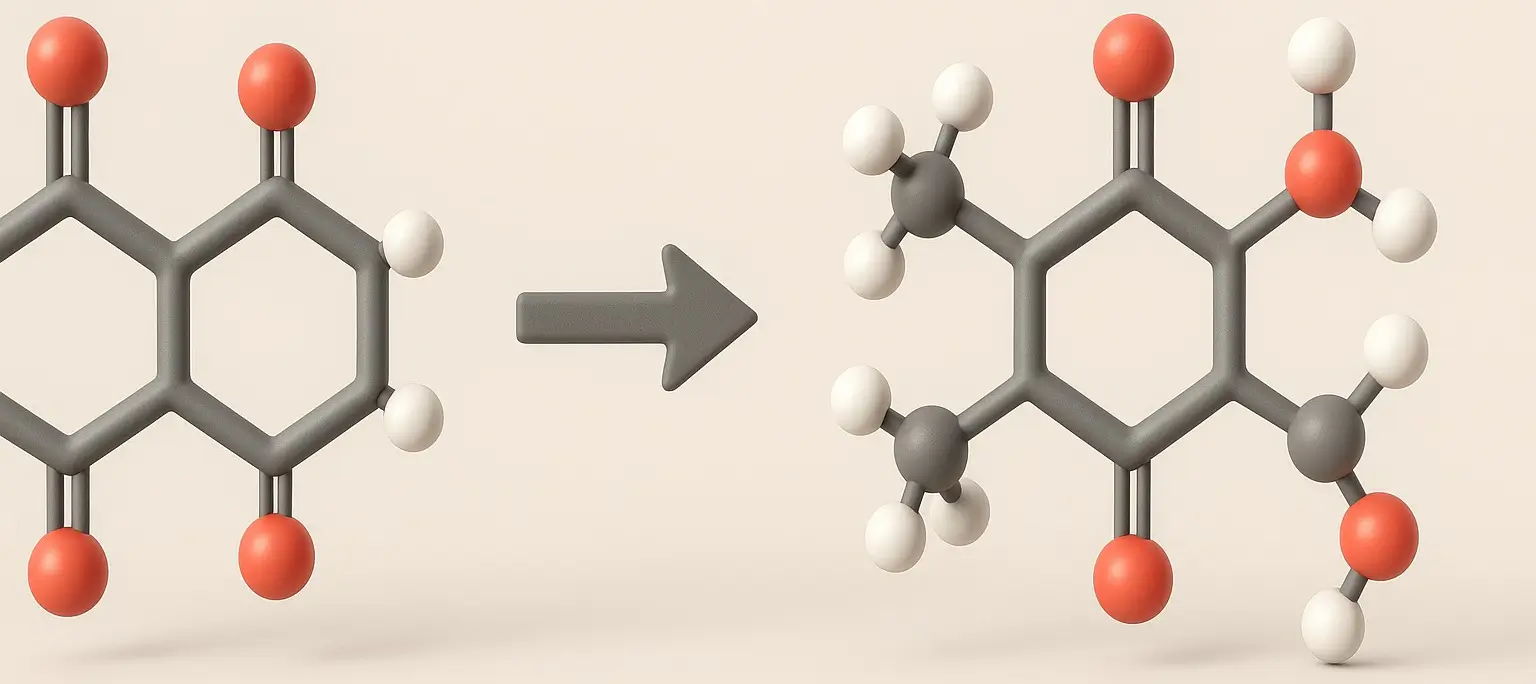- Benzoin condensation is a classic example of a nucleophilic addition reaction, specifically between two molecules of an aromatic aldehyde such as benzaldehyde.
- Benzoin condensation reaction is facilitated by catalysts like the cyanide ion (CN⁻) or a N-heterocyclic carbene (NHC), leading to the formation of benzoin, an α-hydroxyketone.

The mechanism of Benzoin Condensation unfolds through several steps:
-
Formation of the Cyanohydrin:
- Initiated by the cyanide ion attacking the carbonyl carbon of a benzaldehyde molecule, this step results in the formation of a cyanohydrin intermediate.
-
Generation of the Nucleophile:
- The cyanohydrin sheds a cyanide ion to produce an anionic α-carbon species, or carbanion, ready to act as a nucleophile.
-
Nucleophilic Attack:
- This carbanion then attacks the carbonyl carbon of another benzaldehyde molecule, establishing a new carbon-carbon bond.
-
Proton Transfer:
- The final step involves the newly formed intermediate abstracting a proton from a source like the solvent or another benzaldehyde molecule, culminating in the creation of the benzoin product.
Thank you for reading from Firsthope's notes, don't forget to check YouTube videos!

